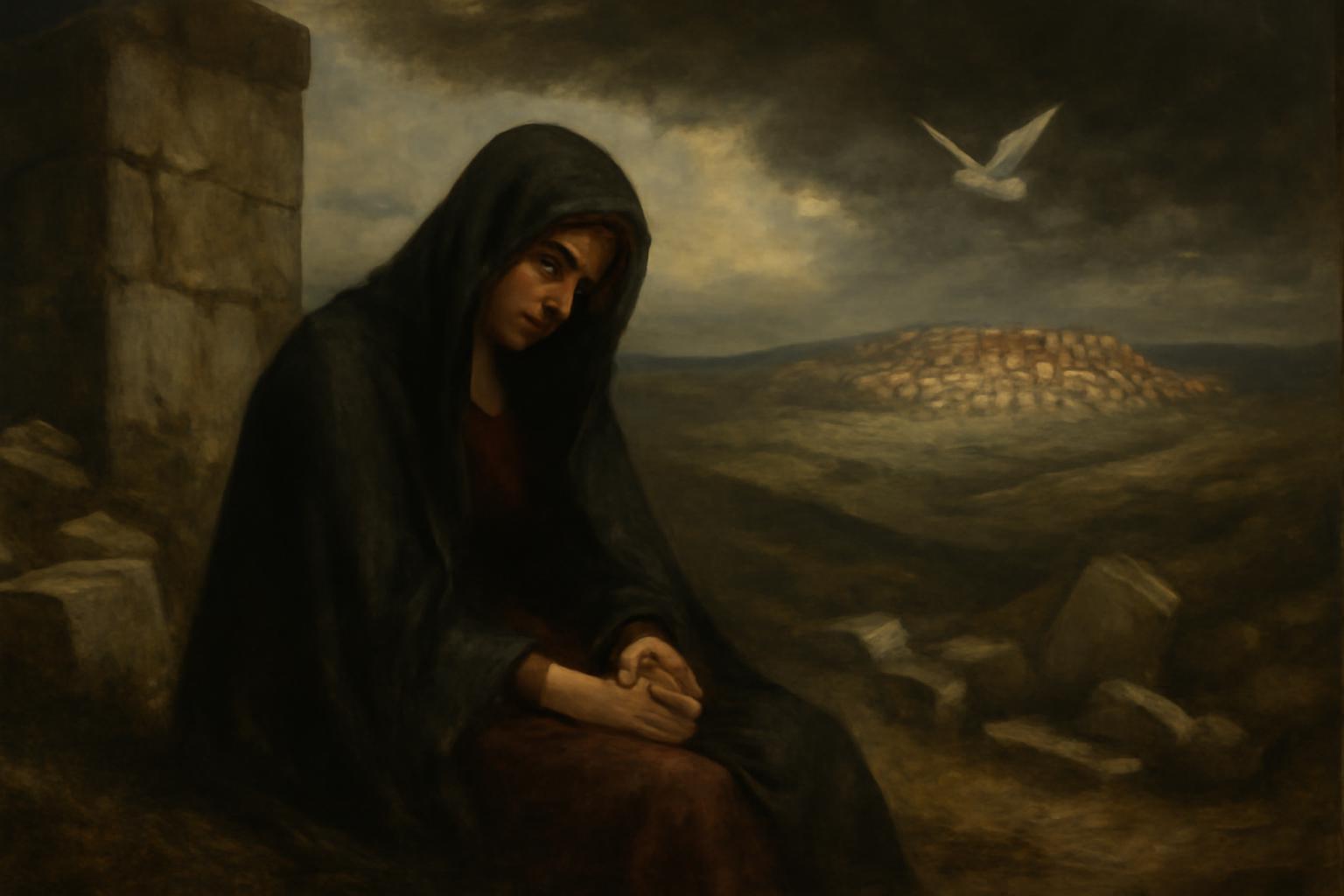A plan moves like a grim ode through the dim corridors of history, signed, it seems, by the iron hand that prefers maps to memories. Bezalel Smotrich, a voice from the far-right of our era’s theater, burdens the table with the projection: 3,401 new homes for Israeli settlers, to be wedged between an existing outpost and Jerusalem, so that East Jerusalem is ripped from the rest of the West Bank and the line between then and now grows imperceptibly thinner. It would, in effect, sever contiguity, as if a single wound could separate breath from life, and bury, with the weight of a marble benediction, the idea of a Palestinian state.
The plan, frozen since 2012 by appeals from Washington, Brussels, and partners who pretend the two-state dream still matters, now rises again like a stubborn chorus that refuses to retire. For the Palestinians, it is a brutal carving of the land into two parts, a herald of futility that undermines the viability of any future polity that might claim East Jerusalem as its capital. An NGO whispers warnings—disrupted contiguity, jeopardized peace—while international law lingers in the wings, declaring settlements illegal, a grave sign that law itself wrestles with the geometry of power.
Right-wing voices trumpet annexation as if it were a sacrament, a rite of sanctified notice that the map must satisfy the heart’s demand for permanence. Even amid this, the German government counsels restraint, urging that steps toward annexation not be taken, as if diplomacy could still pretend to steer the ship through standardizing shoals. And so the drama continues, a modern tragedy dressed in political prose, where numbers replace chorus and borders replace the fated error.
If Nietzsche were to observe, he would ask what power animates such precision and appetite: the will to secure by stone and line what the soul has never securely learned to possess. The Greeks would call it hamartia—the flaw that drives a city toward its own ruin, even as it worships the dream of order. And we, heirs of a civilization that once believed in dialogue as a form of mercy, watch as the world tightens the lattice of fences and names violence “security,” as if the memory of a shared future could survive only under the shadow of a wall.
Thus the age, in its tireless recitation of progress, teeters on the brink of another chorus that cannot sing its way out of a dead end. The decline of Western culture—the stubborn pedagogy of walls masquerading as peace—stares back with the cool eyes of a civilization that has forgotten how to dream in common, and fears that even the best intentions are not immune to the tragic arithmetic of power and loss.
